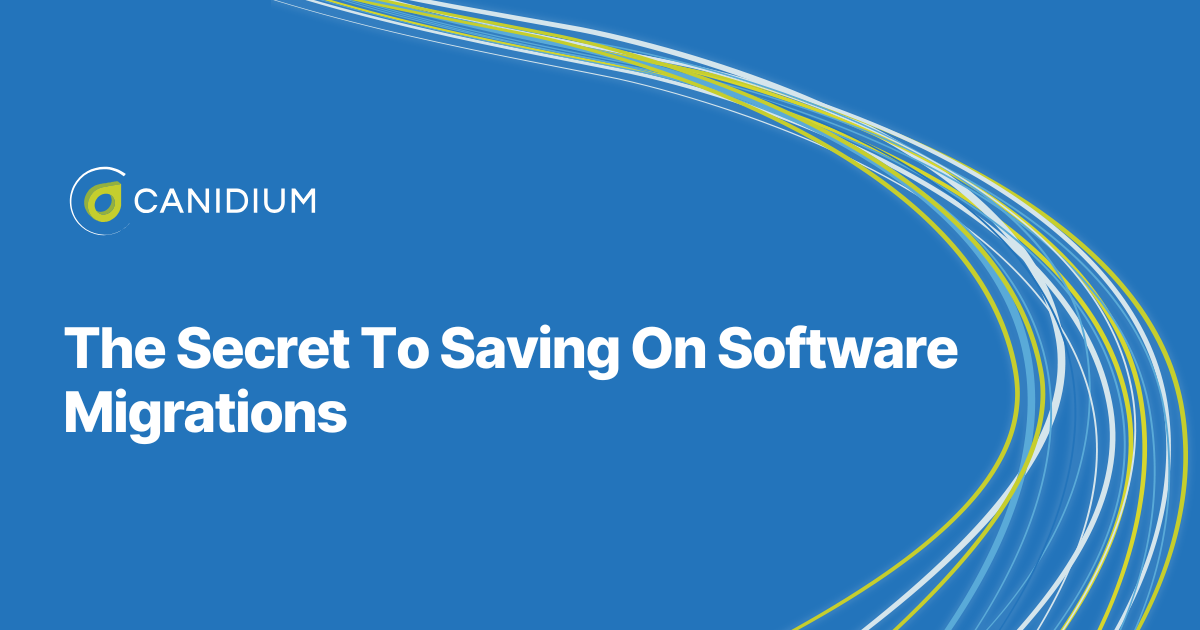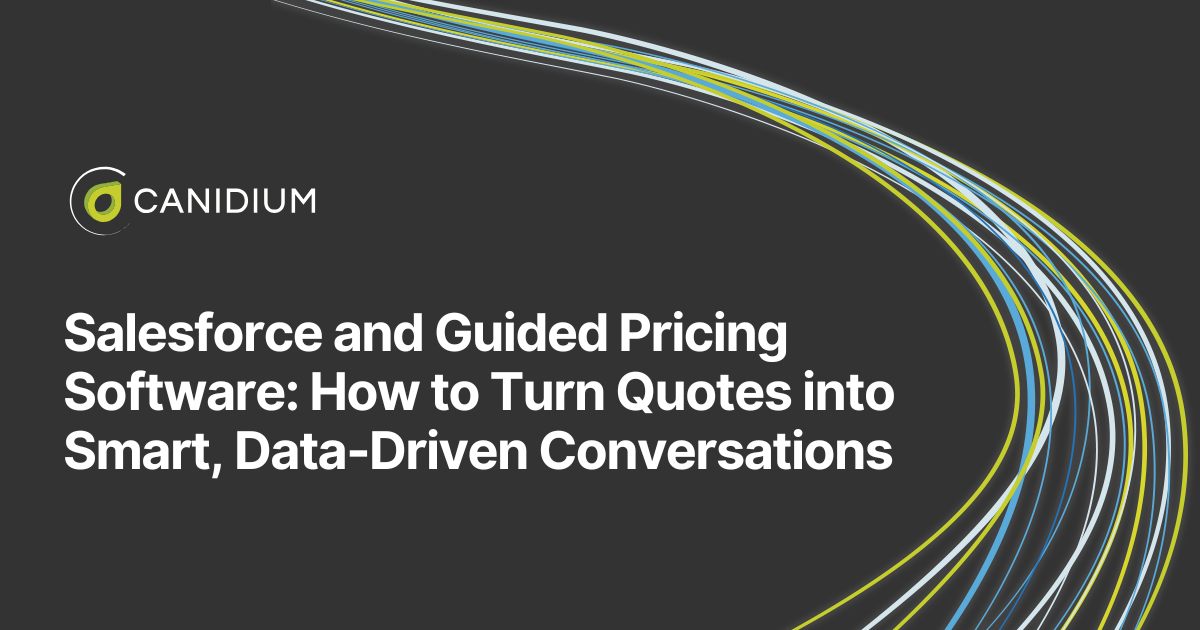If you run sales or distribution through complex channels, SAP Incentive Management is one of the most dependable engines you can put behind payouts, crediting, and plan governance. But owning the software isn’t the same as running it well, particularly when the calendar turns, plans change, and finance needs clean accruals by Friday. This is where true staff augmentation services come in: embedded, outcomes-oriented specialists who work inside your cadence (not just contractors on the sidelines), so your IM program keeps pace with the business.
Below is a research-driven guide to what “true” staff augmentation looks like for SAP IM, when to use it, how to structure it, and what results to expect.
Why SAP Incentive Management Strains Internal Information Technology Teams
SAP Incentive Management automates the design, calculation, and administration of incentive plans, handling everything from crediting and rollups to approvals and analytics. These capabilities transform incentive management for enterprises, yet they also demand precise operational execution. Information technology staff and software development teams must not only configure and maintain crediting logic and rate tables but also ensure accurate data ingestion from CRM, ERP, and HRIS systems, run monthly and quarterly cycles without delay, and address every inquiry or dispute with documentation and auditability.
For many organizations, this level of rigor pushes the limits of internal capacity. Plan complexity tends to grow faster than headcount, while system integrations evolve constantly, introducing new data sources, pricing models, and hierarchy changes that ripple across incentive structures. Consequently, knowledge bottlenecks often emerge, with just one or two individuals capable of maintaining the system end-to-end. The result is an unsustainable dependence on “hero admins” who bear the brunt of every plan season, system update, and data reconciliation. In today’s labor market, replacing or scaling teams of these skilled professionals isn’t quick or easy. Without strategic reinforcement, even the best-run IM programs start to bend under the weight of change.
True IT Staff Augmentation Services vs. Body-Shopping
Plenty of vendors rent out IT staffing services. But true IT staff augmentation is different. Here's how:
- Embedded operating model: Consultants work in your IM tenant and Dev/Test/Prod pipeline, and are on the hook for outcomes, payout accuracy, SLA hit rates, backlog burn-down.
- Cross-functional scope: Beyond just IM configuration, the data contracts with CRM/ERP/HRIS, dispute/resolution workflows, and stakeholder communications (Finance, Sales Ops, HR).
- Elastic capacity: The team flexes for plan season, M&A events, territory realignments, and product launches, and can scale down when needed.
- Governance & documentation: Every rule, change, and test is versioned, reviewed, and auditable, which is essential for Finance and Audit.
In other words, with true IT staff augmentation services, you’re enhancing your operating capability, not just buying extra hands.
The Business Case: 4 Reasons Leaders Choose Staff Augmentation
-3.png?width=1000&height=100&name=Untitled%20design%20(3)-3.png)
1: Hiring is slower and costlier than you think
Every leader underestimates how much time and money it takes to build the right internal capacity. According to the SHRM, the average cost-per-hire in the US at roughly $4,700, with time-to-fill ~41–54 days—often longer for technical or specialized roles like IT professionals, incentive administrators, or SAP consultants. And that’s just the beginning: once a new hire is in place, it can take additional weeks to fully onboard them into your unique incentive management configuration, data sources, plan logic, and monthly cadence. During this ramp-up, productivity remains low and critical processes—such as payout cycles or audit deliverables—can’t wait.
In an environment where year-end modeling and accrual deadlines are immovable, the lag between approval, hiring, and performance readiness can leave teams dangerously short-staffed during the busiest times of the year. IT staff augmentation, by contrast, allows you to bypass the hiring bottleneck and bring in experienced IM specialists and tech teams who are productive within a single payout cycle.
2: Accuracy isn’t optional
When it comes to incentive compensation, even small errors have big financial consequences. A recent Palette survey found that 56% of companies report regular commission errors, often caused by data mismatches, manual overrides, or outdated crediting logic. While these mistakes may seem minor, their cumulative impact can be staggering. On a $500 million annual commission pool, a mere 3% error rate translates to $15 million misallocated—not to mention the downstream effects on seller trust, morale, and compliance.
For publicly traded or regulated enterprises, those inaccuracies can also expose material audit and financial reporting risks. True staff augmentation mitigates this risk by bringing in professionals who understand not just how to fix issues, but how to design validation checkpoints, regression tests, and peer review processes that prevent errors in the first place.
3: SPM controls discipline
Sales Performance Management (SPM) isn’t just about automating payouts; it’s about enforcing governance. In other words, it controls discipline within the sales organization. The power of SAP Incentive Management lies in its ability to formalize those controls: every rule, plan, and rate change can be versioned, approved, and audited. Yet the technology alone doesn’t guarantee compliance. It takes experienced project management teams and IT professional operators to facilitate automatic discipline.
Without clear RACI ownership, transport management, and test evidence, even a well-implemented IM system can drift into shadow processes or manual workarounds that undo the benefits of automation. This is where staff augmentation adds real strategic value: it supplies the governance maturity: peer reviews, control frameworks, and disciplined change management—that ensures IM functions as the backbone of revenue accountability, not just as a calculator.
4: Digital transformation programs expect partner leverage
Customers of SAP Integration Suite achieved a 345% ROI over three years, and increased integration-developer efficiency by 30%. However, modern digital transformation programs don’t succeed through software alone; they rely on structured, ongoing partnerships to extract full value from the technology.
The reason is clear: partner-embedded specialists bring not just technical knowledge, but operational playbooks, governance frameworks, and deep familiarity with SAP release cycles and interdependencies. For SAP IM customers, this means a smoother bridge between implementation and run, the phase where most ROI is actually realized. When structured augmentation mirrors that same partner discipline, it delivers the agility of an internal team with the rigor of an external COE, enabling faster time-to-value and sustained control.
When to deploy IT staff augmentation services
Staff augmentation isn’t a permanent crutch; it’s a lever for control and elasticity when the business changes faster than internal teams can scale. Most companies see the need emerge at predictable inflection points: when incentive plans are being redesigned for a new fiscal year, when territory models or product portfolios shift, or when data platforms such as CRM or ERP systems are retooled. These events increase both workload and risk, often compressing timelines while demanding more precision.
Backlogs and inquiries are another clear signal. If dispute queues, manual true-ups, or off-cycle payments start creeping upward, it’s usually not a technology problem; it’s a capacity one. Similarly, organizations flagged by audit or SOX reviews for documentation or control gaps often benefit from short-term augmentation focused on governance cleanup.
What a “true augmentation” scope includes
-3.png?width=1000&height=100&name=Untitled%20design%20(3)-3.png)
1: Operate (BAU)
- Cycle execution: credit, calculate, adjust, and settle on calendar.
- Data hygiene: automated checks for missing accounts, mis-credited transactions, duplicates; root-cause reports back to data owners.
- Inquiry & dispute SLAs: triage, analyze, resolve; trend reports to Sales Ops.
2: Improve
- Plan modeling & A/B analysis: use IM’s modeling tools to quantify cost vs. performance.
- Automation opportunities: eliminate manual adjustments; templatize frequently used rules and rate tables.
- Analytics & transparency: publish attainment/earning dashboards; reduce shadow spreadsheets.
3: Harden controls
- Change management: named approvers, peer review, and test evidence in every transport; quarterly model reviews.
- Documentation: RACI, runbooks, data contracts, lineage diagrams.
- Access & security: least-privilege roles; periodic recertification.
Designing your IM Augmentation COE
A mature augmentation program doesn’t exist in isolation; it's embedded within your revenue operations structure. Each role serves a defined purpose.
- The IM architect sets the blueprint and release strategy, ensuring every configuration aligns to your data architecture and business goals.
- Administrators and configurators maintain the incentive logic itself, building and testing rules, rate tables, and adjustments.
- Supporting them is a data operations analyst, responsible for ingestion pipelines, reconciliations, and late or retro transaction handling.
- To safeguard quality, QA resources maintain regression packs and validate every rule family before deployment.
- Meanwhile, a business analyst or communications lead manages the cadence with Sales Ops and Finance, ensuring transparency around statements and upcoming changes.
- And a project manager keeps everything aligned to payroll dates and quarter close cycles.
Strong governance is the hallmark of an effectively augmented team. Above all, compensation statements must originate from SAP IM, not spreadsheets, reinforcing a single source of truth for both Finance and Sales Ops. These habits turn augmentation from a short-term fix into a repeatable operating model that compounds in value.
Risk management: how augmentation reduces audit & continuity risk
True augmentation mitigates risk on multiple fronts. By enforcing segregation of duties, no single admin can both configure and approve a rule transport. Runbooks and cross-training minimize key-person dependencies, ensuring continuity even if staff changes mid-cycle.
Each release includes documented UAT evidence, making audit reviews straightforward and verifiable. Finally, augmentation pods provide surge capacity during high-impact events—such as mergers, quota resets, or plan rollouts—so your compensation calendar never slips, even under pressure.
How Canidium approaches “true augmentation” for SAP IM
Canidium’s IM teams are built to operate + improve + govern: embedded admins and modelers, data ops, QA, and architect oversight, all aligned to your payroll calendar and audit requirements. Because our team also implements SAP IM, we bring proven patterns for Dev/Test/Prod discipline, data contracts, and plan modeling, so your run program gets both stability and momentum.
True staff augmentation isn’t about adding bodies—it’s about embedding a small, accountable team that runs the business with you: closing on time, paying accurately, modeling change safely, and documenting everything auditors care about. In a world where time-to-hire is long, commission errors are expensive, and plan complexity is rising, it’s a pragmatic, research-backed way to protect revenue operations and seller trust.
FAQ: What leaders usually ask
Q: How is “true augmentation” different from managed services?
Augmentation embeds inside your processes and systems with your tooling and calendars; managed services typically externalize the run function. Many enterprises blend them—embedding a core pod, then “bursting” to managed capacity for peaks.
Q: How do we protect IP and controls?
Work only in your tenant; require documentation in your repo; enforce transport approvals and quarterly model reviews (auditable trails). SAP’s admin practices reinforce strong access hygiene.
Q: What if we already have internal admins?
Great—pair them with the staff augmentation team. You get resilience, surge capacity, and specialized skills (e.g., complex crediting, performance tuning), while upskilling your team.








